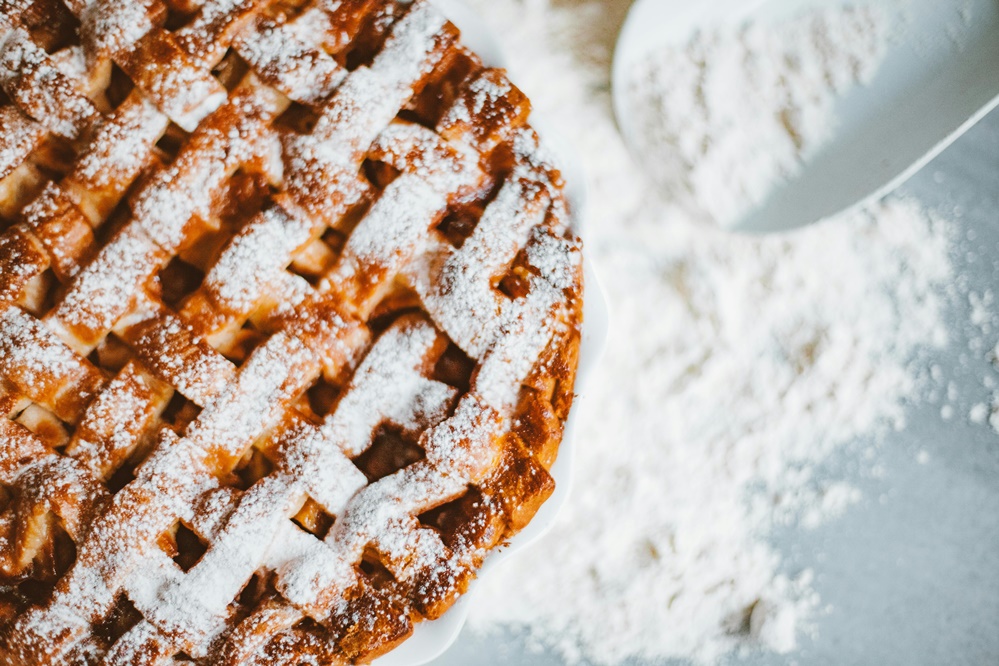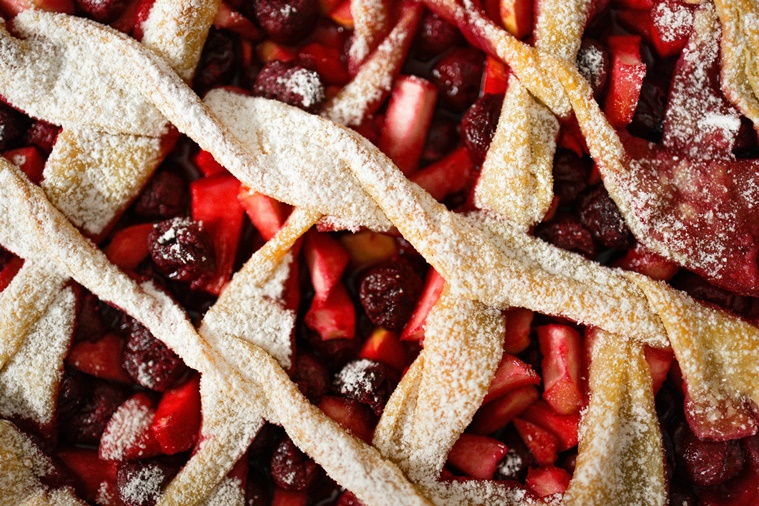The Art of Pie Making from a Commercial Homestyle Bakery
Pies have long held a cherished place in American food culture, evoking memories of family gatherings and celebrations. In commercial homestyle bakeries, pies are more than just desserts. Pie making is a time-honored tradition and stands as a symbol of comfort and quality. Homestyle Bakeries build their reputation on delivering pies that taste and look as if they came straight from grandma’s kitchen, blending time-honored pie making techniques with modern production to satisfy today’s increasing demand while still delivering quality desserts.
Understanding Pie Components and Types
At its core, a pie consists of two essential components: a pastry crust and a filling. The crust, typically made from flour, fat, and water, provides the structure, while the filling can be sweet or savory, ranging from fruit and custard to meats and vegetables.
Commercial bakeries produce a wide variety of pies to cater to diverse tastes:
- Fruit-filled pies: Apple, cherry, blueberry, and other classic flavors.
- Soft-filled pies: Cream, custard, or meringue pies, such as French silk or lemon meringue.
- Savory pies: Meat, poultry, or egg-based pies, like chicken pot pie or quiche.
- Specialty pies: Unique or seasonal offerings, including nut pies and limited-edition flavors.
Ingredient Selection and Preparation
The foundation of any great pie is the quality of its ingredients. Homestyle commercial bakeries use a variety of fresh, frozen, canned, or dried fruits and vegetables, depending on the season and recipe requirements. Approved thickeners and natural flavorings are used to achieve the desired consistency and taste.
Crusts must meet specific food standards for thickness and texture, ensuring they remain tender yet sturdy enough to slice and serve. Consistency in ingredient quality is crucial in large-scale production, as it guarantees that every pie meets the same high standards, batch after batch.
Production Process and Equipment
Modern bakeries use integrated systems to efficiently produce high-quality pies while maintaining authenticity by using time-honored recipes passed down through generations. Every pie is made from scratch daily, with no shortcuts or preservatives. The process starts with precise mixing and automated depositing of dough and fillings. Techniques such as careful blending of fat and flour to achieve a flaky crust, resting and chilling dough to prevent shrinkage, and hand-finishing decorative touches ensure each pie retains a true homemade character. Reputable bakeries source fresh ingredients locally whenever possible and use only high-quality, fresh eggs, dairy, and produce, often from regional growers. This dedication extends to immediate baking and same-day sales, which guarantees pies reach customers at their peak.
Pies are then evenly baked in controlled ovens and cooled before skilled bakers add hand-applied decorations for a homemade look. However, maintaining consistent quality at scale presents challenges: variations in wheat crops, fluctuating weather, and the physical demands of high-volume baking require bakeries to adjust their processes and closely monitor for defects such as tough pastry, soggy crusts, or uneven baking. Savory pies require USDA-certified equipment and adhere to strict sanitation standards. Gentle handling ensures an appealing appearance and traditional texture, delivering consistently delicious pies with expected care and quality.
Food Safety, Shelf Stability, and Regulatory Compliance
Food safety is paramount in commercial pie production. Strict protocols govern ingredient handling, equipment sanitation, and packaging to prevent contamination. Pies with high water activity, like pumpkin, require special attention to shelf stability, following industry protocols for safe distribution and display.
Compliance with federal and state regulations—including the Federal Food, Drug, and Cosmetic Act and USDA inspection requirements for savory pies—is non-negotiable. Good Manufacturing Practices (GMP) and meticulous documentation are essential for regulatory assurance and consumer trust.
Quality Control and Product Assurance
Every pie must meet rigorous standards for appearance, flavor, and consistency. They must be cleanly sliceable, with stable fillings that resist excessive oozing. Each batch undergoes continuous monitoring and USDA inspection to ensure all commercial and regulatory expectations are met.
Quality assurance teams regularly check product attributes, from crust texture to filling distribution, to maintain the bakery’s reputation for excellence.
Packaging, Labeling, and Distribution
Packaging plays a vital role in preserving pie quality and supporting efficient distribution. Commercial standards require clear, descriptive labeling and case marking, including nutritional and ingredient information. Rocky Mountain Pies, for example, offers both clear dome packaging and homestyle bakery boxes to enhance product appeal.
To maintain product integrity and extend shelf life, proper preservation and storage are essential, including temperature control for frozen or chilled pies. Distribution best practices ensure that the pies reach retail outlets safely and efficiently, ready to delight customers.
Conclusion
Pie making in a commercial homestyle bakery is a careful balance of tradition, quality, and regulatory compliance. By focusing on superior ingredients, time-tested techniques, and state-of-the-art production systems, homestyle bakeries deliver delicious, safe, and visually appealing pies at scale. The result is a product that honors the past while meeting the demands of today’s marketplace—one slice at a time.

